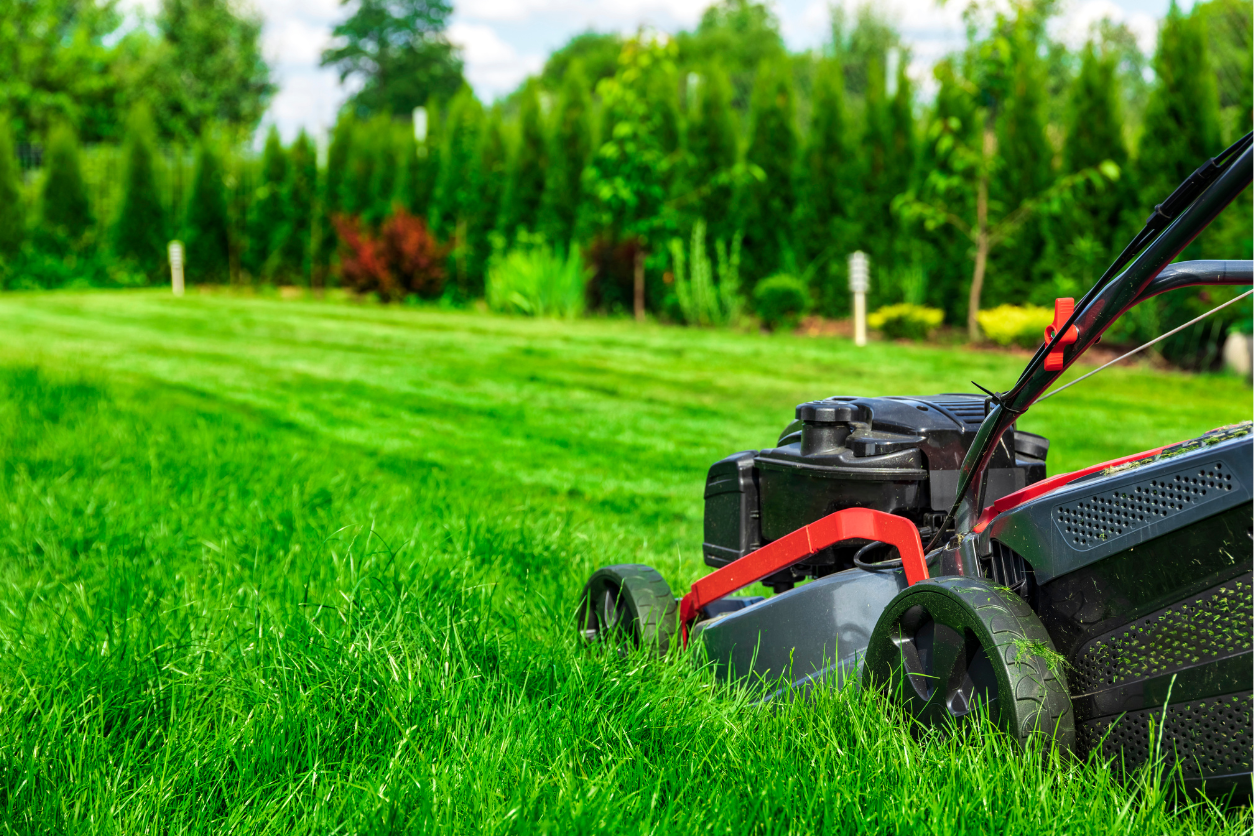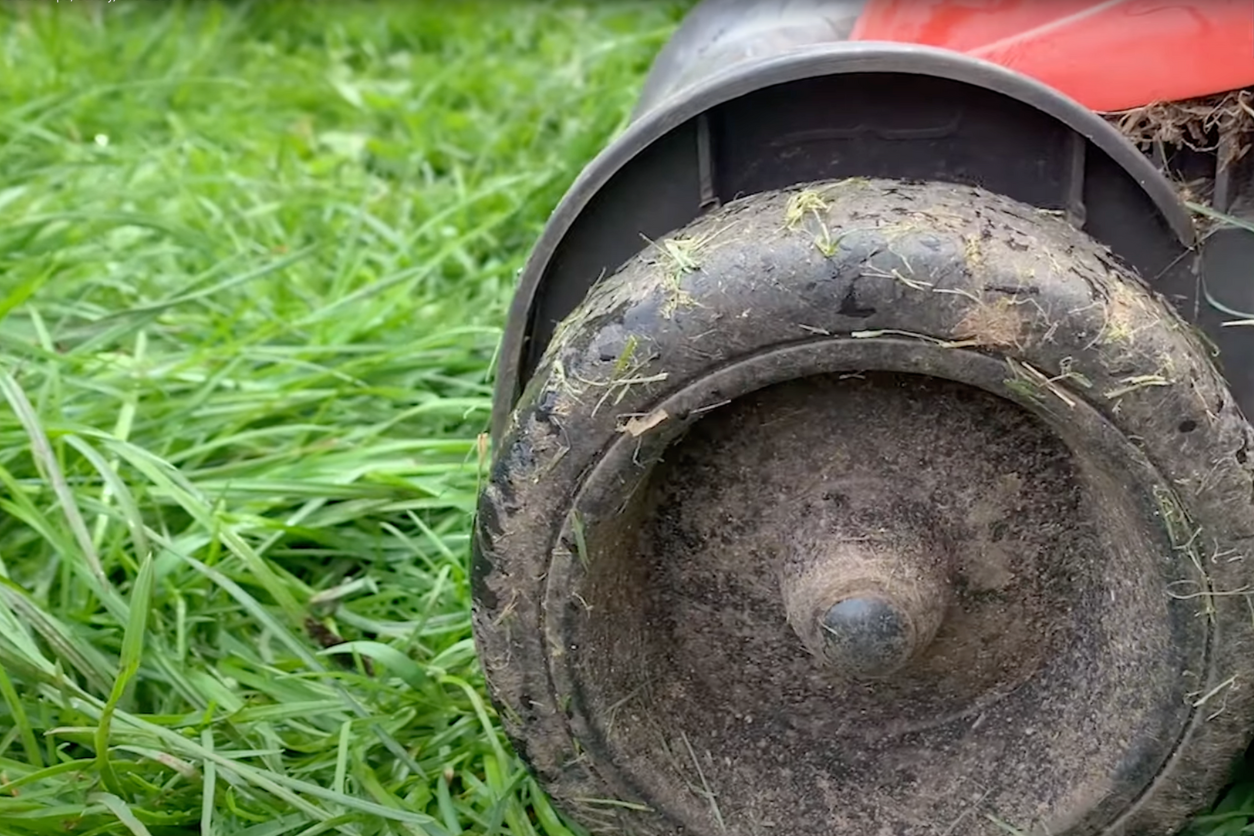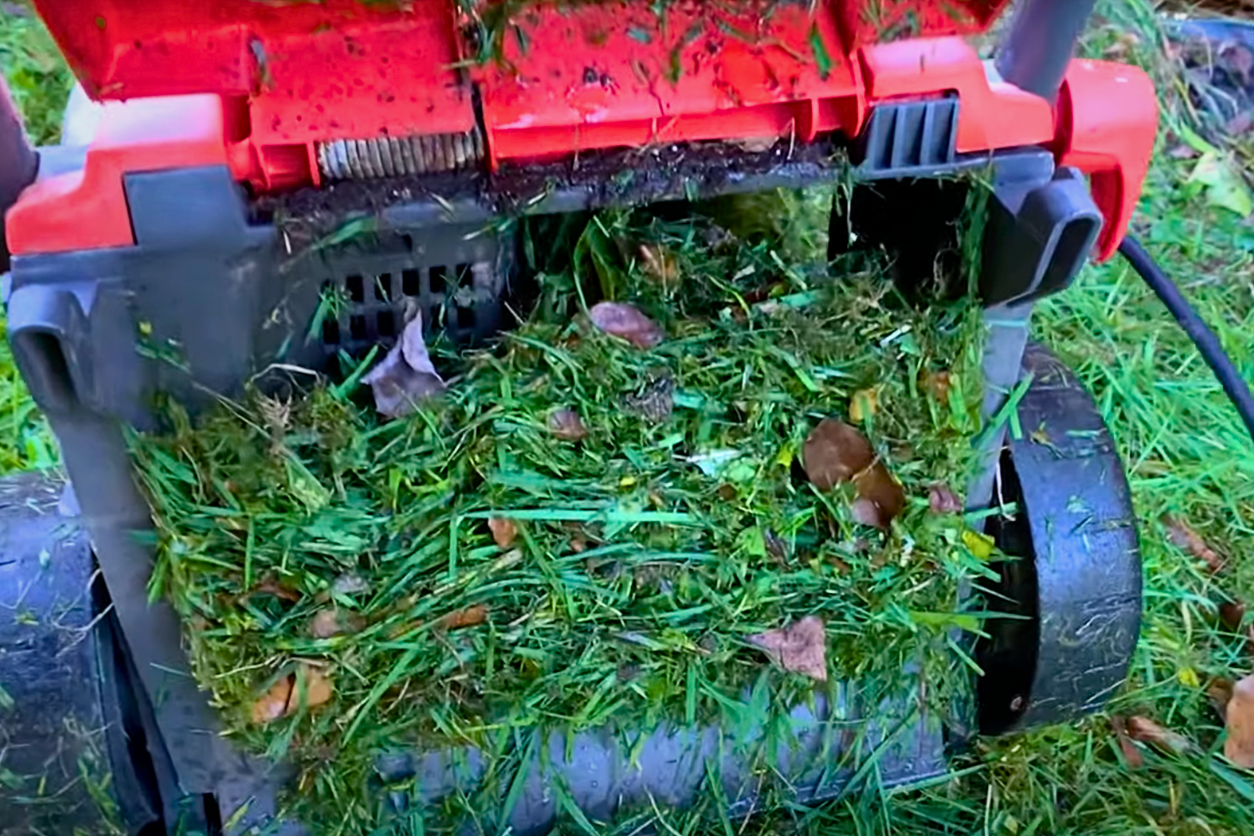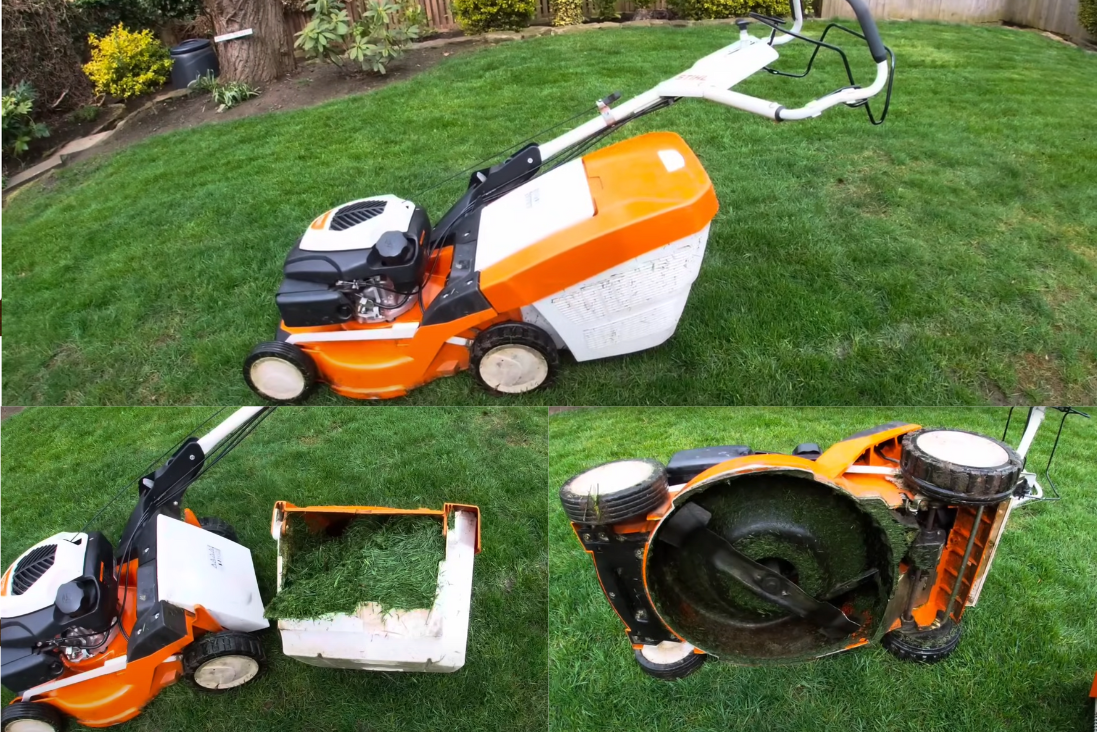Can You Cut Wet Grass? Mowing Hacks That’ll Change the Look of Your Garden

Cutting grass in summer, especially after a good watering session, is something many of us reckon with. Trust me, I know how fast the lawn springs up in early summer. And I’ll be honest; I don’t always have the time to wait for the perfect dry grass moment to mow the lawn. Figuring out whether you can mow your lawn while it’s wet is an important question. So, can you cut wet grass? Here’s the scoop: ideally, no. But life isn’t always ideal, is it?

So, Can You Cut Wet Grass? Probably Not.
Cutting wet grass isn’t just about creating a soggy mess; it’s about understanding what happens to your lawn when you do:
- Clumping and Uneven Cuts: Wet grass sticks together and to the blades of your mower. This can lead to clumps that suffocate parts of your lawn, and it can also cause an uneven cut.
- Disease Spread: Wet conditions are prime for the spread of fungal diseases. Mowing wet can spread these diseases quickly across your lawn.
- Mower Damage: Wet grass can clog your mower’s mechanics. The extra weight and stickiness of wet grass mean more effort for your mower, which can strain its engine and dull the blades.

Mowing Technique on Wet Grass
Adjusting your mowing technique when you’re faced with wet grass can affect the health and appearance of your lawn. If you absolutely must mow when wet, raise the height of your mower blades. Cutting wet grass too short can stress the grass, leading to poor health and growth issues. A higher cut helps avoid scalping and reduces the stress on the grass.
A mower with sharp blades is ideal for cutting wet grass. Dull blades tend to tear the grass rather than cut it cleanly, leading to disease. If your mower supports it, use a mulching blade. These blades are designed to cut the grass into smaller pieces, which can be beneficial as these smaller pieces are less likely to clump together than larger pieces.
Immediately clean your mower after mowing to prevent rust and remove any wet grass clippings that could stick and clog the blades. Regular blade sharpening and engine checks become even more crucial when you frequently mow under less-than-ideal conditions.
Moving slowly and methodically ensures that the mower blades don’t tug at the wet grass, potentially uprooting it or tearing it unevenly. Mowing in the same direction all the time can mat down the grass and smother it, especially when it’s wet. Alternate your mowing direction to encourage the grass to stand up straight and ensure a more uniform cut. Make wide, gentle turns with the mower to prevent tearing the wet grass out of the soil. Sharp turns can pull up the grass, leading to bare spots.
Once mowing is complete, if there are any clumps of cut grass left on the lawn, rake them up gently so they don’t smother the grass underneath.
